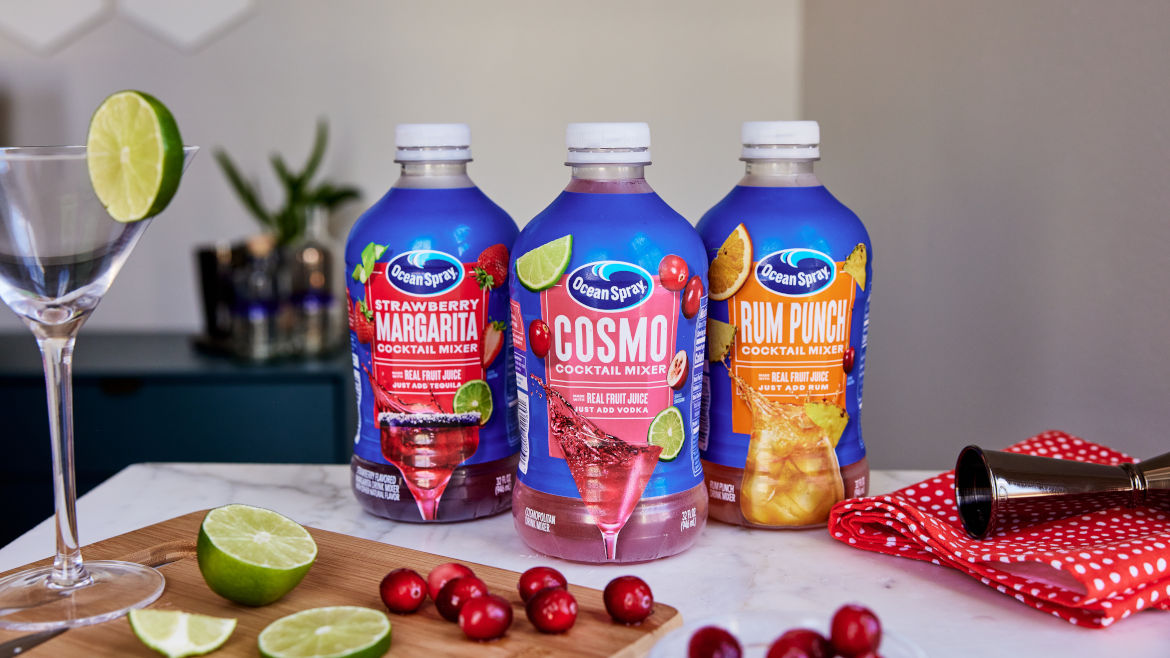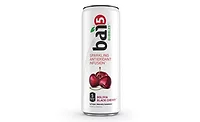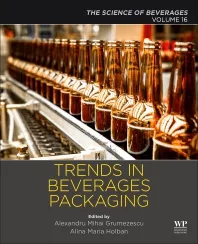Packaging Materials
Sleeve labels offers billboard effect while addressing recyclability
Suppliers see washable inks, PCR-compliant as future for shrink and stretch labels

Image courtesy of BodyArmor
Thanks to the red carpet looks of Margot Robbie, Ryan Gosling and the rest of the cast for the blockbuster “Barbie” movie, Barbiecore was one of the aesthetics that defined the summer of 2023. These standout outfits helped inspire moviegoers and they went out in mass to the theater to enjoy the comedy film.
Although beverages are not stepping out on the red carpet, the labels they use need to be just as eye-catching to consumers as brands compete for that final purchase.
“With the proliferation of non-alcoholic and alcoholic beverages available in the market, brand owners want their products to stand out on the shelf,” says Carol Hudson, senior strategic marketing manager of food and beverage at MCC, Rosemont, Ill. “Shrink sleeves are a great solution to help brands stand out from the crowd. Sleeves provide a full billboard effect for decoration and/or promotion. They also conform to unique bottle shapes, which can help products stand out.”
Hudson adds that in North America, beverage accounts for the largest market share in terms of shrink sleeve label usage, with more than half of these labels being used for ready-to-drink or single-serve beverages.
What is driving the use of shrink sleeve labels is premiumization, consumer engagement and sustainability.
“Consumers are willing to pay for small luxuries, whether it be a premium cold brew, a craft soda or infused tea,” she says. “One of the best ways to convey premium is a [shrink sleeve] label decorated with metallic inks such as MCC’s NOVA ink embellishment, a proprietary suite of metallic inks.”
Hudson adds that because the shrink sleeve label provides for 360-degree real estate, it not only promotes the product, but can engage with them, particularly when QR codes are incorporated.
But the increasing demand for sustainable packaging also remains a key motivating factor for brands to turn to sleeves.
“Brands are seeking more eco-friendly materials, such as recyclable or compostable films, and packaging with lower carbon footprint,” Hudson says. “Stretch sleeves may have the lowest carbon footprint across the labeling options as no adhesive or energy is used in the label operations.”
Mark Hill, senior vice president and director of research and development at INX International Ink Co., Schaumburg, Ill., also underscores the influence that sustainability and consumer engagement are having on the adoption of sleeve labels.
“One trend we are seeing is that shrink sleeve labels are becoming more eco-friendly and easier to be recycled,” he says. “In combination with the flexibility of 360-degree graphics, this development has brought renewed interest to the market.”
Hill adds that not all labels are compatible with recycling of bottles, so it is important for beverage-makers to ensure compatibility between the primary packaging and labels when it comes to sustainability efforts.
“They should be aware of how the label impacts the recyclability of the bottle it is being wrapped around,” he explains. “On average, the label is only about 4% of the total weight of the package. However, that 4% can make the recovered bottle materials much more difficult to recycle if care is not taken in the choice of label film.”

MCC’s Hudson echoes similar sentiments. “If the brand owner wants the product to be recyclable, [he or] she must ensure that the label is compatible with the bottle material,” she says.
Given this, label-makers are employing their efforts to bridge this gap.
“By making label film more compatible with container plastics, brand owners are now making 100% recyclable packaging using shrink sleeves,” INX International’s Hill notes.
Suppliers also are directing their innovations to the inks on these labels. For instance, washable inks that can support the recyclability of packaging and labels.
“The improvement in label films and ink systems that can be washed off are making a difference in the willingness of brand owners and consumers to use products with shrink sleeves,” Hill explains. “Products like our Genesis washable inks are deinkable from cPET used on label applications. This allows the polyester label to be recycled with the polyester bottle so new, clear bottles can be made from the circular reuse of recovered material.”
MCC’s Hudson also touts the efforts that the company is making in terms of washable inks and labels that are compatible with common bottle materials to support recycling efforts.
“We provide solutions that meet our customers’ sustainability goals, such as recyclability, the use of post-consumer recycled content, etc., using films, inks and adhesives that enable our customers to comply with regulations, retailer guidelines, or company sustainability initiatives,” she says. “We currently offer our customers recycLABLE Shrink Sleeve labels with cPET and washable inks. These labels enable the full package to be recyclable.
“Similarly, recycLABEL Stretch Sleeve labels are made with LDPE, which are compatible with HDPE containers,” Hudson continues. “We work with APR, recyclers, and customers to ensure recyclability of beverage packaging. Equally important is to increase recycle rates so that the rPET yield is improved.”
Just as Hudson noted, with the improvement of securing recycled PET (rPET) content, more consideration likely will be given to innovations in labels that accommodate post-consumer recycled (PCR) materials.
“The industry is evaluating films with PCR content in shrink and stretch sleeves, as well as other innovative films that reduce the amount of plastic,” she concludes.
Looking for a reprint of this article?
From high-res PDFs to custom plaques, order your copy today!






